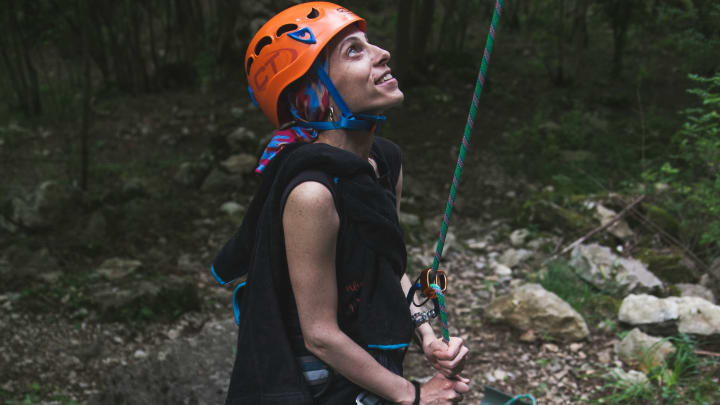4 Things to Look for in a Belay Partner

Climbing is an inherently risky sport. One of the ways to reduce that risk is to ensure that you are climbing with a competent belayer. This does not mean all risks will disappear, but a good partner can enhance your experience.
1. They’ve Successfully Belayed a Climber Before
This one may seem silly, but it isn't often in the forefront of our minds. When we see someone at the local crag or meet a climber online in a social media rock climbing group, we tend to assume that they know how to belay. The action of belaying, while it is a repetitive motion, requires a great deal of practice and focus. Be sure to ask your new belay partner how often they belay and how comfortable they are with the system.
2. They Don't Forget About Safety Checks
“On Belay?” Are you ready to belay me?
“Belay on.” My carabiner is locked, the system is ready, and I am ready.
“Climbing.” I am going to start climbing.
“Climb on.” I’m ready for you to climb.
In climbing, there are specific commands and safety checks that are designed to mitigate the overall risk. If your new belay partner doesn’t know what these commands mean, or they fail to use them, consider taking a step back and reassessing the situation.
3. They Use Consistent Communication While Belaying
Whether you need slack, more tension on the rope, or you need assistance, a good belayer will not only recognize such situations but will also know how to respond. Your partner should also act as a support system as you climb. Communication is key.
4. They Know How to Use the Gear
If you have a new partner who doesn’t know how to use a belay device, isn't familiar with carabiners, and doesn’t know the motion of belaying, a catastrophe is bound to happen. Just as your belayer should pay attention to what your tie-in knot looks like, you should pay close attention to your partner as they enter the belay system.
Final Notes
Belaying takes time to learn and requires a lot of repetition. When taking on a climbing route, opt for a belayer who you are familiar with and can demonstrate basic skills. There is a time and place to teach new belayers, and not every route is suitable for teaching. Ultimately, a good belay can be lifesaving, so choose your partners wisely.
